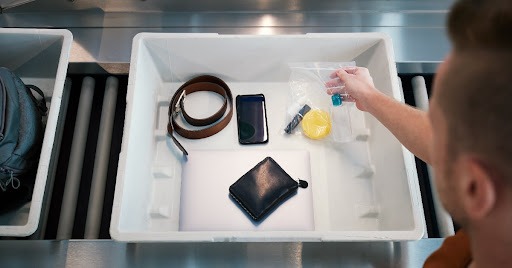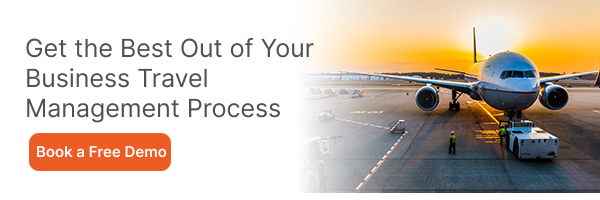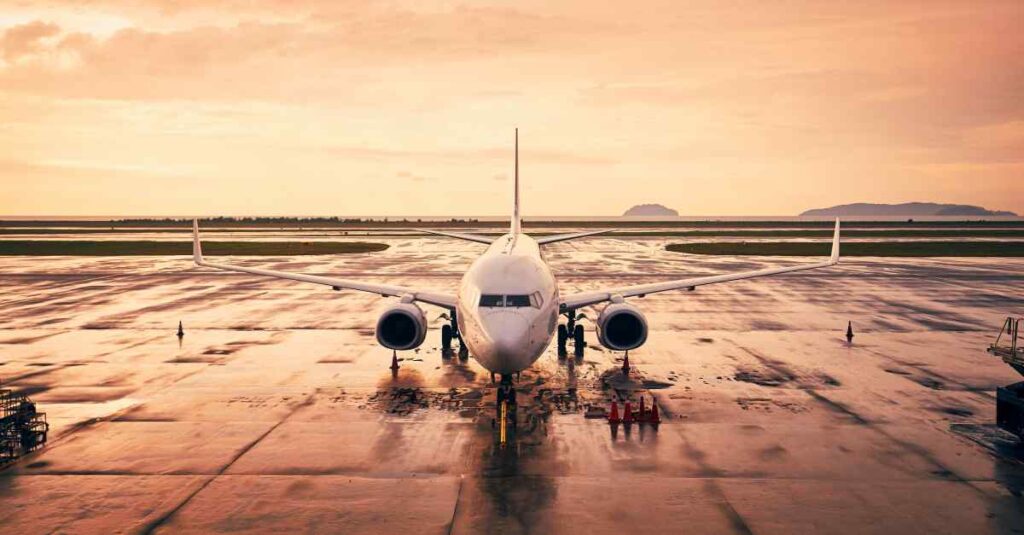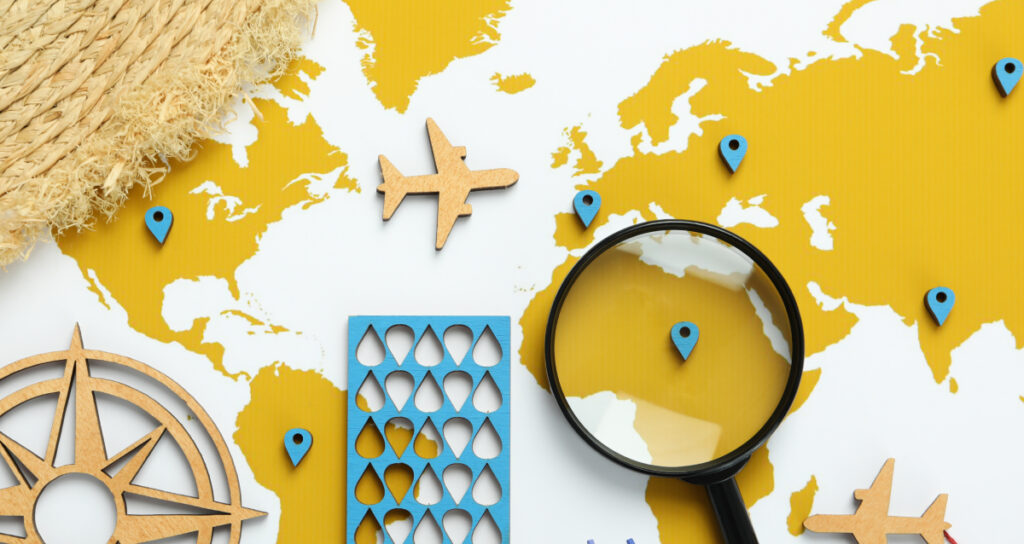
For frequent corporate travelers, navigating airport security checkpoints is a routine part of their journey. While most travelers are aware of the basic rules and regulations, some details can be easily overlooked. One such crucial aspect is the airport liquid limit.
Understanding the liquid limit at the airport and the airport security liquid limit can save you time, prevent unnecessary hassles, and ensure a smooth transition through security. In this comprehensive guide, we will delve into the details of liquid limits at airports, providing corporate travelers with the essential information they need.
What is the Airport Liquid Limit?
The liquid limit refers to the maximum quantity of liquids, gels, and aerosols you are allowed to carry in your carry-on luggage when passing through airport security. These restrictions are in place for security reasons and aim to prevent the transportation of hazardous materials that could pose a threat to passengers and aircraft.
Why are there Airport Liquid Limits?
Airport security measures are designed to keep passengers and flight crews safe. By limiting the quantity of liquids that can be brought onto a plane, authorities reduce the risk of potential threats, such as explosives or flammable substances, being smuggled on board.
What Qualifies as a Liquid?
It’s important to understand what items are classified as liquids for airport security purposes. Common examples include:
- Bottled water and other beverages: This includes water, soda, juice, and other drinks.
- Toiletries: Items like shampoo, conditioner, lotion, and liquid soap.
- Cosmetics: Liquid foundations, lip gloss, and mascara.
- Medications: Liquid medications, such as cough syrup or liquid antibiotics.
What is the Airport Security Liquid Limit?
The airport security liquid limit stipulates the maximum container size for liquids, gels, and aerosols. In most cases, the limit is 3.4 ounces (100 milliliters) per container. These containers must fit into a single quart-sized, resealable plastic bag.
Navigating Airport Security with Liquid Limits: Tips for Corporate Travelers
a. Pack Strategically: To ensure a smooth screening process, pack your liquids, gels, and aerosols in containers that do not exceed the 3.4-ounce limit. Consider purchasing travel-sized toiletries or transferring your products into smaller, travel-friendly containers.
b. Use a Quart-Sized Bag: Invest in a durable, quart-sized, resealable plastic bag to store your liquid items. This ensures that all your liquids are readily visible to security personnel and reduces the chances of delays during screening.
c. Know Your Exemptions: Some items, such as baby formula, breast milk, and medications, are exempt from the airport security liquid limit. However, you may be required to undergo additional screening.
d. Remove the Bag for Screening: When you approach the security checkpoint, remove your quart-sized bag containing liquids from your carry-on luggage and place it in a bin. This allows security personnel to inspect it separately.
Understanding the 3-1-1 Rule
The 3-1-1 rule is a helpful guideline for corporate travelers to remember when packing liquids for their carry-on luggage:
3: Each container must hold 3.4 ounces (100 milliliters) or less.
1: All containers must fit into a single, quart-sized, resealable plastic bag.
1: Each passenger is allowed one bag of liquids.
Adhering to the 3-1-1 rule will help streamline the airport security process and reduce the likelihood of any delays or issues.
Variations in Liquid Limits
While the 3.4-ounce (100-milliliter) limit is widely accepted by most airports around the world, it’s essential to stay informed about any variations in liquid limits at specific airports. Some airports may have stricter rules, so corporate travelers should check the regulations of their departure and arrival airports before packing.
Corporate Travelers’ Essentials
- Travel-Friendly Toiletries
For corporate travelers, staying fresh and presentable during a business trip is crucial. To make your journey hassle-free, consider investing in travel-sized toiletries that comply with the airport security liquid limit. Many reputable brands offer mini versions of their products, ensuring that you can maintain your grooming routine without any worries.
- Travel-Sized First Aid Kit
Safety should always be a priority, especially for corporate travelers. A compact travel-sized first aid kit can be a lifesaver in emergencies. Ensure that any liquid medications or ointments you include in your kit comply with the airport security liquid limit.
Technology and Global Airport Liquid Limits
Can CT Scanners Help Relax the Liquid Limits at Airport?
CT scanners have the potential to improve the overall airport security experience for travelers by providing more detailed and accurate images of carry-on items. Here’s how the scanners at airports can contribute to security while potentially easing some concerns related to the liquid limits:
Enhanced Imaging Technology:
CT scanners use advanced imaging technology to create 3D images of objects inside carry-on bags. Unlike traditional X-ray machines, CT scanners provide security personnel with clearer and more detailed images of the contents of bags.
This enhanced imaging capability allows security personnel to identify prohibited items more easily, even if they are obscured by other objects or liquids.
Reduced False Alarms:
Traditional X-ray machines can sometimes produce false alarms when screening liquids and gels, leading to additional checks and delays for travelers. CT scanners are better at distinguishing between harmless items and potential threats.
By reducing false alarms, CT scanners can potentially make the security screening process more efficient and less stressful for passengers.
Which Countries Are the Pioneers on the Technological Front?
United States
Numerous major airports, such as Los Angeles’ LAX and New York’s JFK, have been equipped with CT scanners for several years; the TSA is now extending the use of this technology to smaller airports as well. Airports like Austin-Bergstrom International Airport in Texas and TF Green Airport in Providence, Rhode Island, are among those slated to receive this advanced screening technology.
The Transportation Security Administration (TSA) has been deploying CT scanners in airports throughout the United States since 2021. As of April 2023, approximately 634 CT units have been put in place, and an additional 1200 units are in the pipeline for installation.
Nonetheless, it’s important to note that the existing regulations regarding the maximum amount of liquids allowed in carry-on luggage are still being enforced at this time.
UK
In the United Kingdom, the government has implemented the new airport limit of 2 liters at Teesside International Airport. Moreover, officials also revealed plans to raise the limit on liquids in hand luggage from 100 milliliters to 2 liters at other UK airports. This decision comes in the wake of successful trials conducted at London Gatwick, Heathrow, and Birmingham airports.
Germany
Munich Airport has introduced five CT scanners spanning Terminals 1 and 2, while Nuremberg Airport has recently introduced its first scanner in the current year. Both airports in Bavaria have outlined their intentions to fully transition to these advanced systems by the year 2026. However, it’s important to note that the existing liquid limitations remain in effect for the time being.
Czech Republic
Exciting developments are on the horizon at Václav Havel Airport Prague, particularly in Terminal 2. Plans are underway to introduce CT scanners that could potentially signal the end of the 100ml liquid restrictions as soon as 2024. Subsequently, the rollout of these scanners is anticipated to extend to Terminal 1 at a later date. These innovations promise to enhance the airport experience for travelers by offering greater convenience in carrying liquids in their hand luggage.
Conclusion
Navigating airport security can be a breeze for corporate travelers who understand the intricacies of the airport liquid limit. By adhering to the 3-1-1 rule, packing strategically, and staying informed about variations in liquid limits, you can ensure a smooth and efficient airport experience.
However, with advances in technology, the liquid limit regulations are bound to keep changing. As a traveler, it is essential for you to stay on top of these changes all the time. Don’t worry, ITILTE can help. With our real-time trip alerts, you can be sure of not missing out on the important updates. Moreover, our 24/7 support via calls, chat and email will help you keep stress at bay while you’re on the road.
To learn more, book a free demo now.


















